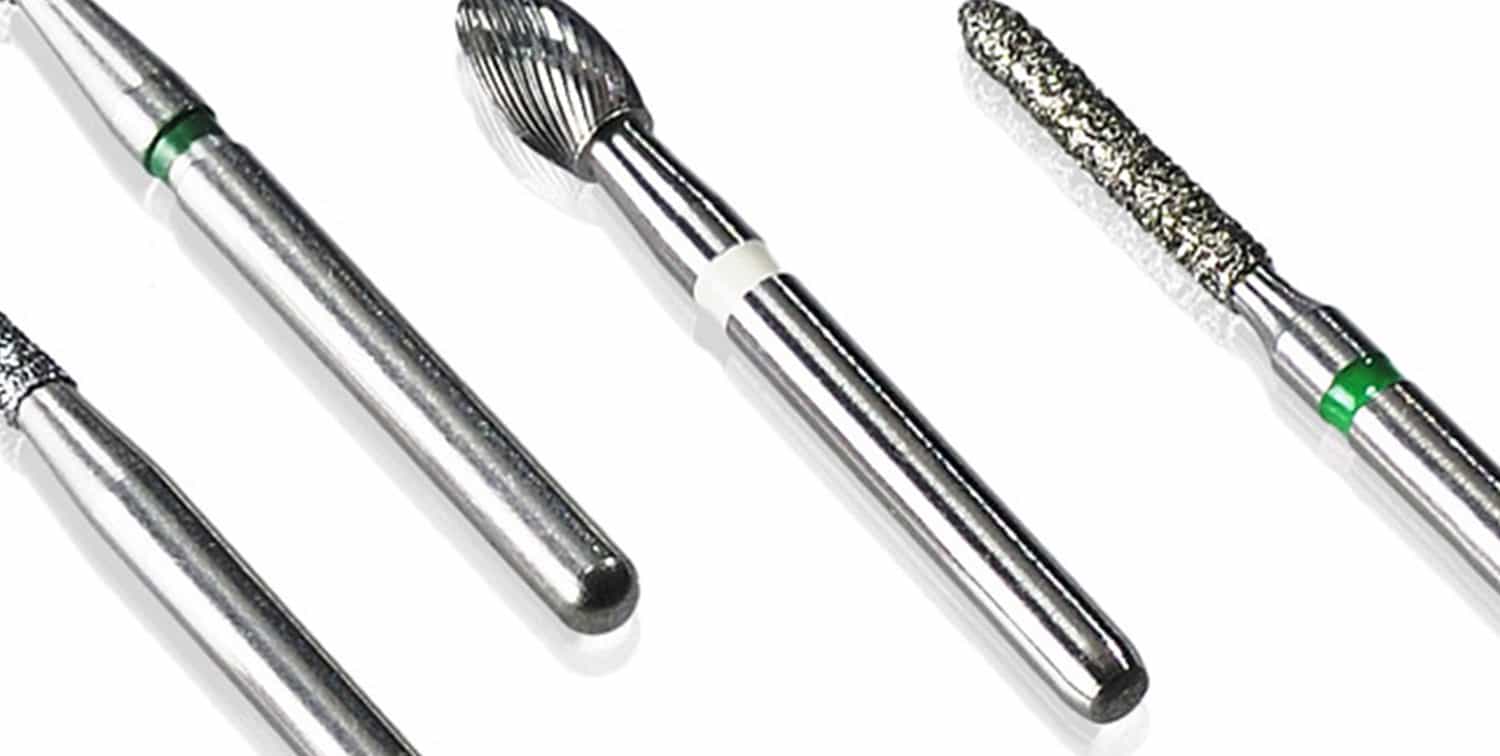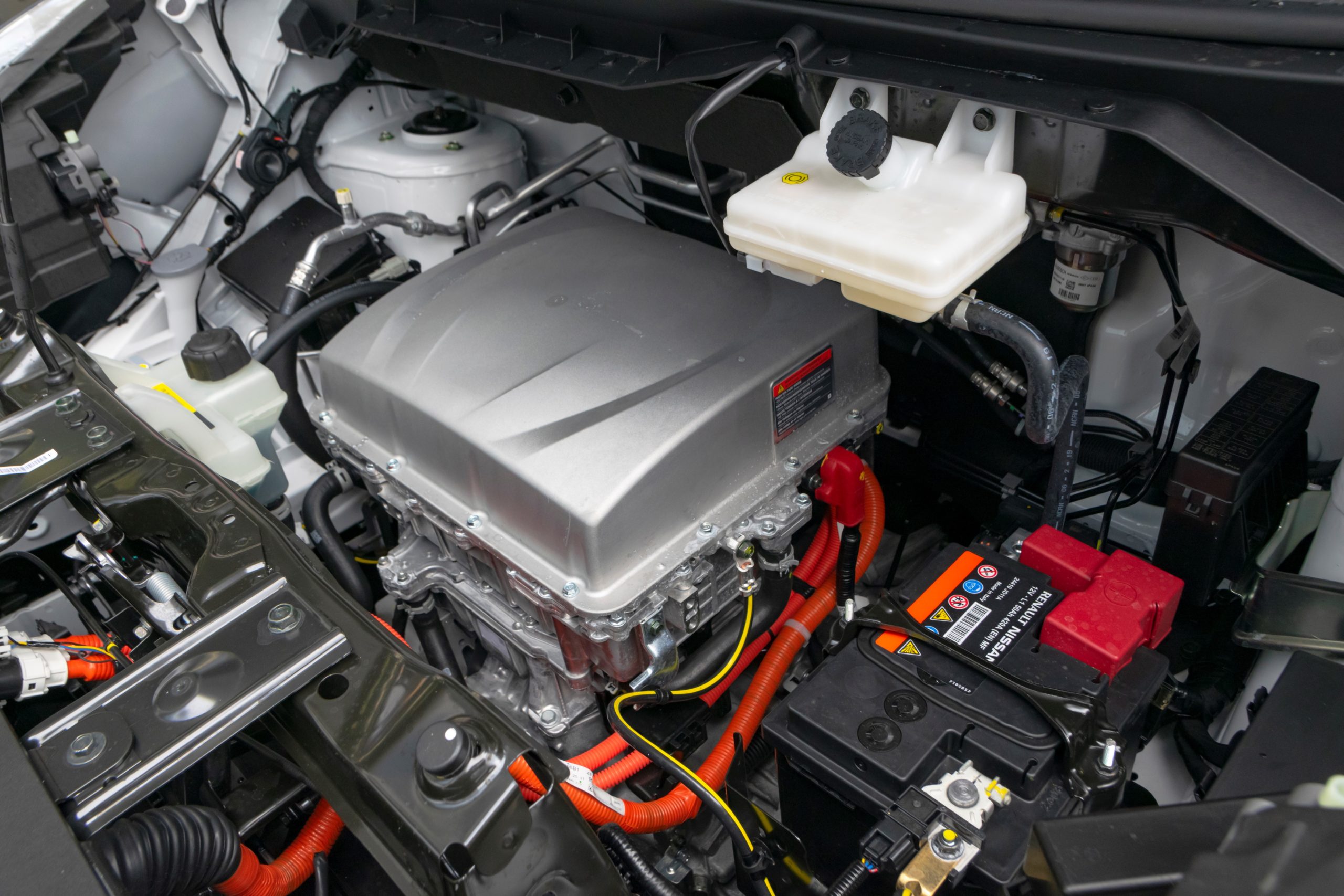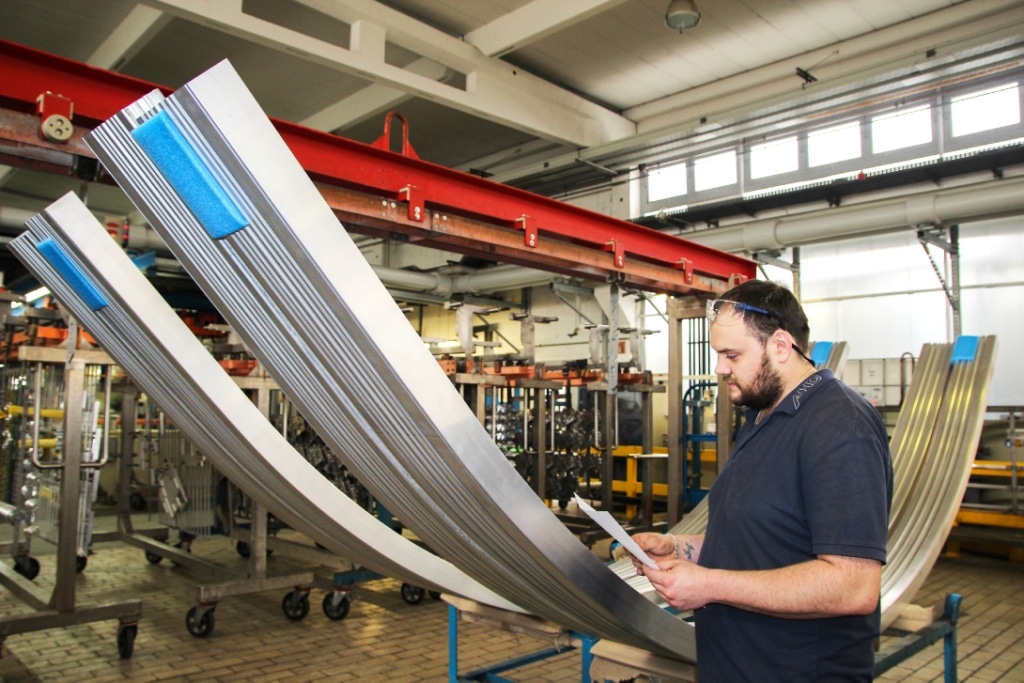heat treatment
Aalberts surface technologies Kalisz
about this location
Aalberts surface technologies in Kalisz is your specialist for an excellent thermal or thermo-chemical vacuum heat treatment, with a focus on vacuum brazing and case hardening. We improve the surface and mechanical properties of your components for the long term, with specially developed processes and state-of-the-art plant technology.
The Kalisz plant was established in 2017. Our target markets are power, aerospace as well as the mechanical engineering industry. We are located in the central of Poland, at Industrial Park and are very proud that we’ve created a successful, well-known and profitable business.

We are committed to deliver the highest quality of services not only in the field of heat treatment of your components but also to the way we treat our customers. We always act in close cooperation with our customers and we are able to adapt our processes to the specific requirements.
With our procedures dialed into the aerospace industry, combined with in-depth heat treatment expertise, improved efficiency and disciplined capital allocation in new equipment, we are developing this long-term production program with a focus on Central and Eastern Europe.
quality
As a commercial heat treatment company we are strongly focused on quality and process technology. Thus, we work closely with our customers to ensure that our production is always tailored to their specific needs. Existing processes and applications are optimized and new possibilities are continuously developed.
Using the experience offered by our experts and the possibilities afforded us by our own in-house material analysis laboratory, we develop the optimal solution for any customer.
Our plant technologies enable us to implement such solutions, whether they involve individual pieces or large-volume series.
We avail of many years of experience in dealing with the high demands of the automotive, power aerospace and mechanical industries.
quality system
We are a company open to new IT solutions, to streamlining all processes within the organization. Planning and control of production take place using the latest ERP system technology, which allows us to ensure Just in Time deliveries to our customers.
The continuously developed a fully Integrated Management System for Quality in compliance with:
- EN 9100 (technically equivalent to AS9100D)
- NADCAP accreditation for Heat Treatment and Brazing allow for effective management of all areas of the company and accelerate constant improvement process.


We are fully engaged in delivering safe products and services with a minimum impact on the environment and maintaining high energy efficiency which are both fully compliant with the requirements of our customers.
Our management strategy is based on three fundamentals:
- customer orientation, understanding their needs and ongoing satisfaction assessment
- process and resource management
- continuous analysis of production results, performance indicators and continuous improvement.
We use numerous tools within the Lean Manufacturing philosophy, such as the 5S standard, the Kaizen system, TPM, work standardization and the Six Sigma methodology both at the design stage (DFSS) as well as at the process optimization stage (DMAIC).
heat treatment services
Precipitation hardening
The precipitation hardening process is used for mainly non-ferrous steels and austenitic steels that do not show allotropic transformations. This process consists of solution heat treatment and aging.
Hardening
The process of thorough hardening consists of combination of hardening and high tempering.
We have the following technologies:
– in a vacuum atmosphere with gas quenching (max 25 bar abs)
High tempering processes are carried out in air or nitrogen atmosphere.
We can distinguish typical, gradual, isothermal, surface finish hardening. Depending on the type of hardening, the steel microstructure is martensite or bainite.
Annealing
The annealing process involves heating the material to a predetermined temperature, soaking at this temperature and slow cooling under a protective atmosphere or in air. Depending on the process parameters, we can distinguish between homogenizing, complete, normalizing, spheroidizing, recrystallizing and stress relieving annealing.
In the scope of annealing, we offer annealing with:
– slow cool in air atmosphere
– slow cool under vacuum
– slow or forced cool under nitrogen or argon
Tempering
Tempering is a heat treatment process consisting in heating the previously hardened steel to a certain temperature, withstanding and slow air cooling. The purpose of tempering is to remove the stresses created during hardening, to change the physical properties and, above all, to increase impact resistance at the expense of reduced hardness.
We can distinguish three types of tempering:
– Low temperingat 150-250°C,applied in order to reduce hardening stresses. It does not significantly influence hardness reduction.
– Average temperingat 250-450°C, applied in order to provide significant strength and elasticity while maintaining sufficient resilience and ductility.
– High tempering at 450-Ac1, applied in order to significantly reduce hardness and obtain good flexural properties.
Vacuum (low pressure) carburizing or also called LPC – derived from English words (: Low Pressure Carburizing) is an alternative technology to traditional gas (atmospheric) carburizing. Thus, it is a thermo-chemical treatment consisting in heating steel parts to temperatures usually in the range of 900 – 1000°C and heating them in a carburizing atmosphere. The purpose of carburizing is to enrich the surface layer with carbon and, consequently, increase its hardness and abrasion resistance while maintaining malleable core. Immediately after carburizing, hardening and tempering are most often performed, however, unlike traditional carburizing, it has a number of advantages resulting from both the used carrier gases – carburizing (C2H2 – acetylene), and the environment in which it is carried out – a vacuum furnace. We can include:
– No oxidation at the grain boundaries (No IGO)
– Narrower range of CHD carburizing layer tolerance – smaller scatter of results
– Stability and repeatability of results
– Accurate carburizing of narrow holes, including blind holes
– Minimization of quenching deformations – resulting from the use of gas as a quenching agent
– Increasing the production efficiency by the possibility of carrying out processes at higher than traditional temperatures, i.e. 980 ° C and higher.
– Clean surface of details (silver metallic), no scale
– Environmentally friendly – no CO2 emissions
We offer vacuum carburizing with gas quenching (N2) with a maximum overpressure of 25 bar abs and tempering.
It consists in combining elements with the use of a brazing material. Prepared elements with applied brazing material are placed in a vacuum furnace and heated up to brazing temperature (from 900 to 1200°C) higher than liquidus temperature, held for a short time (10 min) and slow cooling to solidus temperature. During the process, the appropriate level of vacuum need to be kept. Brazing in a vacuum furnace can also take place in a protective atmosphere, most often an argon atmosphere.
Among the others we do perform:
– Vacuum brazing of Nickel & Cobalt alloys
– Vacuum brazing of Honeycombs
It is used to ensure wettability of surfaces in the brazing process of materials containing aluminum and titanium particles:
– sandblasting method, using a sandblast machine with a suitable nickel powder.
– the “nickel flashing” method by AMS2451 consisting in applying a layer of nickel on the selected surface of the part.
It consists in assessing the visual continuity of brazing, using “naked eye” or devices such as a borescope, endoscope; or checking the surface of the brazing cover using X-ray and ultrasonic.
The process that ensures proper assembly of elements before brazing. Methods used for assembly:
– spot welding,
– tack welding,
– ball tack welding
We have modern laboratory equipment enabling the implementation of:
– Sample preparation, including mounting and polishing
– Hardness measurement by the methods of Vickers, Rockwell, Brinell
– Measurement of microhardness with measurement of the hardened layer CHD and NHT
– Microstructure analysis
– Analysis of the chemical composition of the material using a spectrometer
We offer laboratory services as part of the heat treatment technology services and on individual orders.
downloads
certificates
general terms and conditions
our inhouse processes
“Being “best in class” is not about our core technologies, but about our flexibility with which we service our customers and the way we are able to integrate our processes in their supply chain.”
industries we serve
contact & directions
Aalberts Surface Technologies Heat Sp. z o.o.
ul. Inwestorska 7





